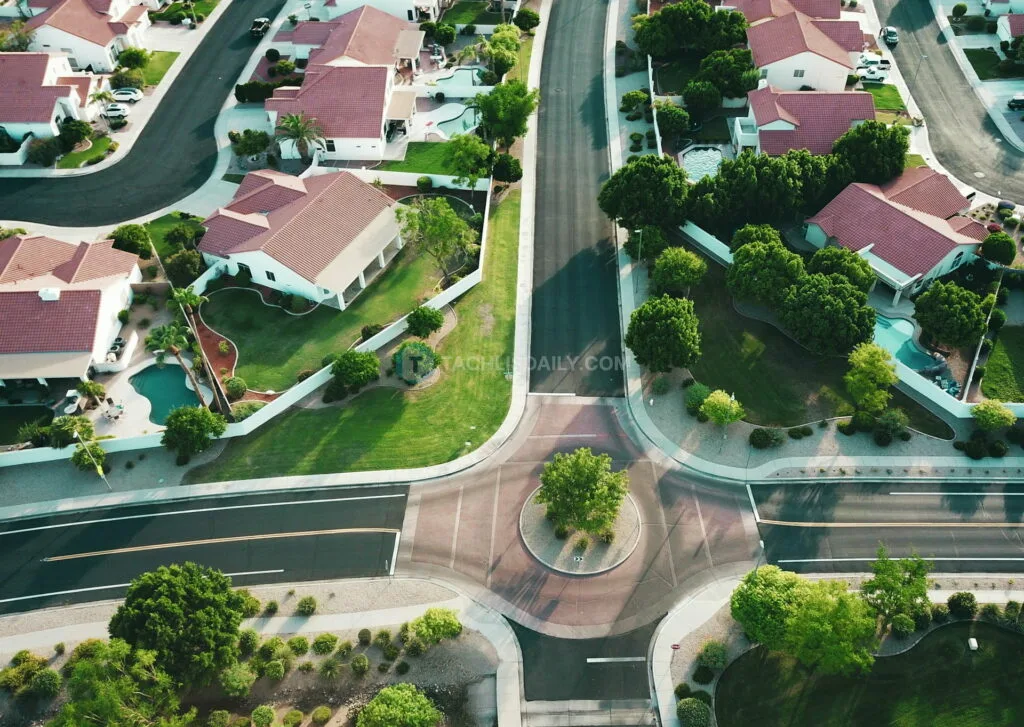President Donald Trump is scheduled to visit central Texas on Friday, July 11, in the aftermath of catastrophic flooding that struck the region one week earlier. The disaster, which began during the early hours of July 4, has left a trail of devastation across the Texas Hill Country, with over 119 confirmed dead and more than 150 people still missing as of Thursday afternoon.
Kerr County, located along the Guadalupe River, has been the hardest hit, with 95 of the known fatalities coming from that area alone. Among the most tragic locations is Camp Mystic, a Christian girls’ summer camp, where over two dozen campers and counselors died. As of Thursday, five girls and one counselor from the camp remain missing, and no live rescues have been reported since the day of the flood.
President Trump acknowledged the tragedy earlier in the week, noting that while he had considered visiting sooner, he did not want to interfere with rescue efforts. “Texas was just so badly hurt by something that was a big surprise, late in the evening,” he remarked during a White House dinner. “We’ll be working with the governor and all of the people of Texas. We’ll be going on Friday.”
Details of Trump’s itinerary remain unclear, including which towns or disaster sites he will visit. However, his presence is expected to bring renewed national attention to the region’s ongoing struggle to recover from one of the deadliest natural disasters in recent Texas history.
Texas Governor Greg Abbott visited some of the most affected areas on July 5, including Camp Mystic, where he met with survivors and emergency personnel. Despite coordinated efforts between state and federal authorities, the search for missing persons has become increasingly grim. Each passing day without new rescues diminishes hope for survivors.
The flooding overwhelmed vast portions of the Texas Hill Country, a region known for its scenic landscapes and small towns—and its susceptibility to flash floods. Often referred to as “flash flood alley,” this area spans more than 11 million acres across 18 counties and includes cities such as San Antonio, Austin, and Fredericksburg. However, the brunt of the disaster has centered on Kerr County, particularly the towns of Kerrville, Hunt, and Comfort.
In addition to the human toll, the floods have left widespread physical destruction. Homes, roads, and infrastructure were swept away by surging waters. Heartbreaking stories have emerged from the aftermath—families torn apart, children lost, and entire communities struggling to understand how a holiday weekend turned into a nightmare.
Officials and emergency responders continue to urge the public to remain cautious. The region’s vulnerability to flash floods is well-documented, and even minor weather events can escalate quickly in the low-lying terrain. Early warning systems gave residents little time to respond before floodwaters rose, underscoring the urgent need for more resilient disaster preparedness in the area.
As the federal government prepares to offer aid and assess the scope of damage, many Texans are focused on the immediate needs: recovery, support for the displaced, and the search for the missing. Volunteer groups, churches, and local organizations have mobilized, providing food, shelter, and emotional support to grieving families and traumatized communities.
President Trump’s visit is expected to draw national attention back to those still in need. While symbolic, the trip also offers an opportunity for local leaders to advocate for additional federal assistance and long-term rebuilding efforts.











